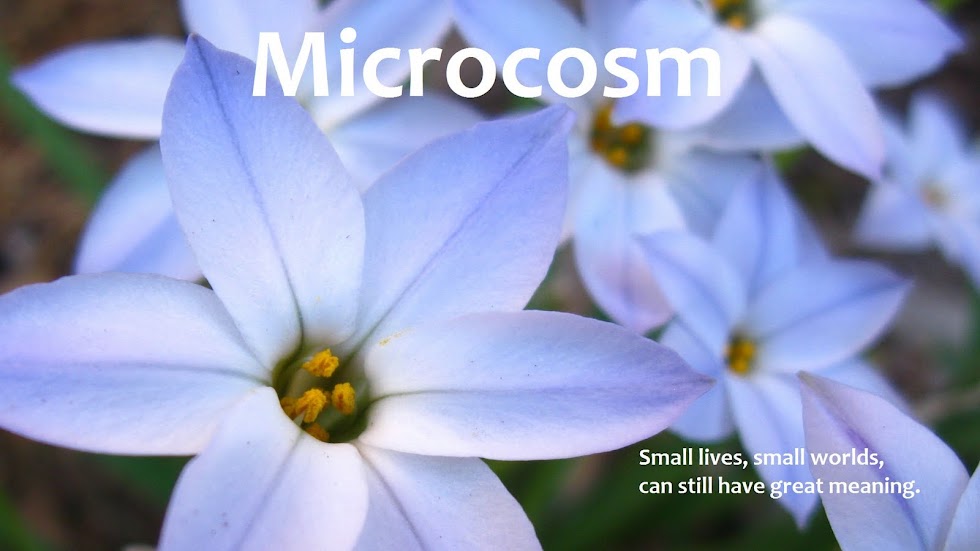Light is so cheap and easy these days. You flip a switch and brightness leaps to do your bidding: fluorescent, incandescent, LED, neon, halogen. Darkness has been consigned to the back of the closet, to the space under the bed with the dust bunnies. It comes out to roam the house during our sleeping hours, but it doesn't govern our waking ones. We can work or play games or read fluffy novels until 3:00 in the morning if we want to (or even later!), all without damaging our eyesight, because we have all the light we want at our disposal.
Before Thomas Edison changed the world, though, light was a precious commodity. When night fell, darkness waltzed right indoors as if it owned the place. It reigned everywhere except in the small pools of luminance that radiated around a flame. One way to broaden those pools was to place a candle in front of a reflective surface—a metal wall sconce, perhaps, polished to a shine—that would intensify both the flame and the hazy glow around it.
 |
| Sand lovegrass (Eragrostis trichodes) with silky threadgrass (Nassella tenuissima) behind |
Light at the end of December is still a precious commodity, no matter what electricity can accomplish indoors. We may have turned the corner, as one of my friends always says; we may have passed the solstice, putting the longest night behind us and turning eagerly once again toward the light; but just barely. The days will begin to stretch out longer in front of us, but so far the difference is still imperceptible: tomorrow will have only a few seconds more daylight than today. We appreciate those things that intensify the sun, that broaden its pool of influence, that give the chill light of winter a little of the hazy glow of warmth.
This is the time of year for celebrations of light. To those of you who join me in celebrating the Light come among us, the birth of the Christ child, I wish you a very merry Christmas! To those of you from other traditions, I open my arms in warmth and friendship. May it be a time of joy for us all.
A time to intensify the flame.










